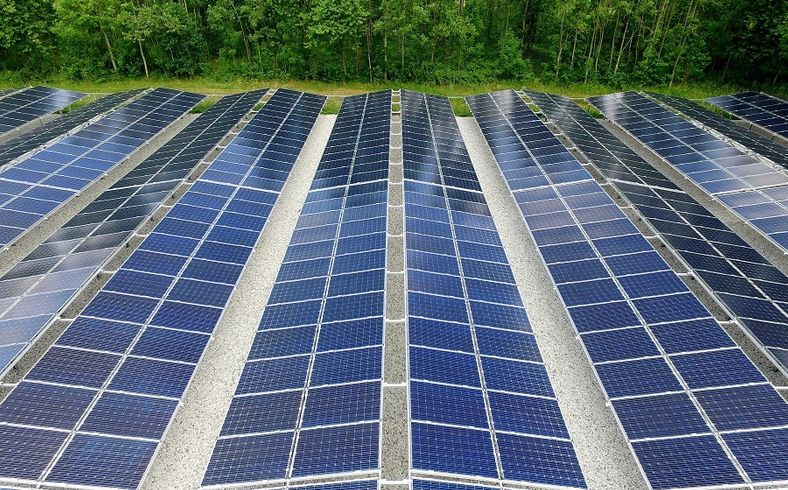Energy Storage System Technologies is the answer to a world that is struggling to find ways to deal with energy shortages and soaring energy bills. With the increasing prices of fossil fuels and the looming threat of climate change, there has never been a better time to start exploring alternate sources of energy, or ‘go green’. With increased awareness about how our energy use impacts the environment, people are looking for new energy storage systems. With technology advancements, there are many options available for both individual home owners as well as larger corporations. In order to discuss some of these energy storage system technologies briefly, we will briefly examine their pros and cons.
The first type of energy storage system technologies involves a system of batteries. Batteries are used in these energy storage systems for many reasons. One of the primary benefits of using a battery is that it allows you to store energy for future use. This energy can then be used when the batteries are fully charged or stored for later use when the electricity is needed. For instance, a homeowner may have one or two small portable energy storage devices which they use to power lamps and small appliances at night.
Another benefit of energy storage systems is that they can take any type of energy. For instance, if a homeowner wants to power a small refrigerator during a power outage, they can do so. Similarly, small electric devices such as toys can also be powered by these energy storage systems. In essence, energy storage allows you to turn even the most basic appliances into energy sources which can then be used in your home or office.
Many homeowners are exploring the idea of using energy storage systems because of the huge energy savings that they provide. There are energy storage systems that can store enough energy to completely eliminate a customer’s energy bill. Many homeowners are finding out that they can save upwards of 40% on their energy bill by using energy storage systems. The more energy storage technology that a home has, the more money the customer will save.
Of course, not all energy storage systems are created equal. Some are much more efficient than others. Therefore, it is important to do some research before purchasing any particular energy storage system. It is also important to make sure that the energy storage system is safe. Many energy storage systems can become a safety risk if they are not installed properly.
Most energy storage systems use lithium-ion batteries. These energy storage systems can be powered by small household electrical devices such as cameras, cell phones, watches, radios, iPods, and portable devices. In fact, some energy storage systems can even power a laptop. While some energy storage systems use nickel-cadmium batteries. These batteries are commonly used in high-priced electrical appliances. Nickel-cadmium batteries can become a safety hazard when they are not properly handled.
Some energy storage systems are designed to provide energy to electrical equipment or to power up whole buildings. One example of this is a waterwheel energy storage system. A waterwheel energy storage system is designed to store energy during times when there is not enough wind to supply energy to an electrical grid. These energy storage systems are also popular in remote locations where electric grids and natural power sources are unavailable. These energy storage systems use small pumps to move liquids such as water from one location to another, using gravity.
There are many different energy storage systems that are available for sale today. Many homeowners are now choosing to invest in energy storage systems so that they can save money on their energy bills. Energy storage is a great way to lower a person’s energy bill or even eliminate it completely. Before making a purchase, it is important to do research and learn about energy storage systems.

